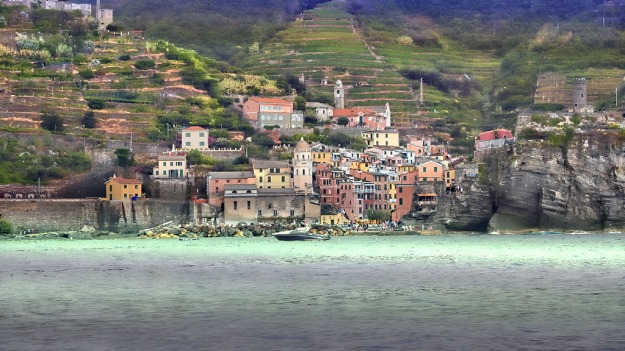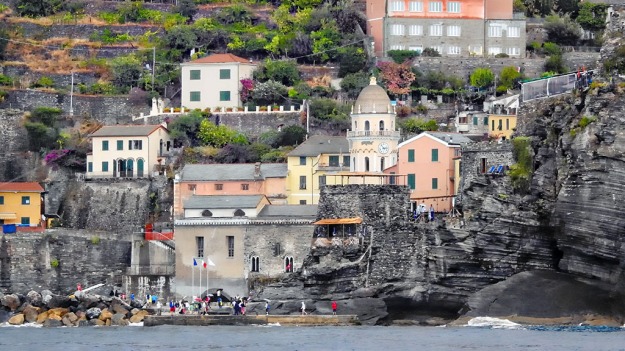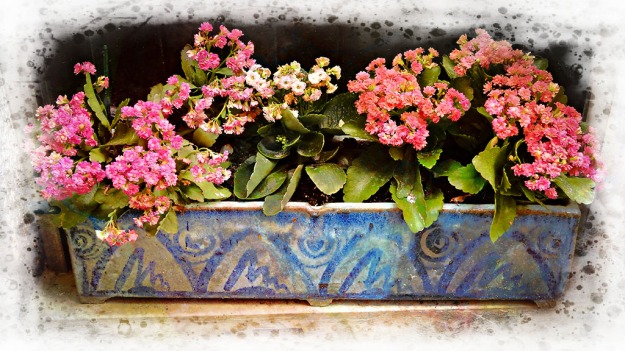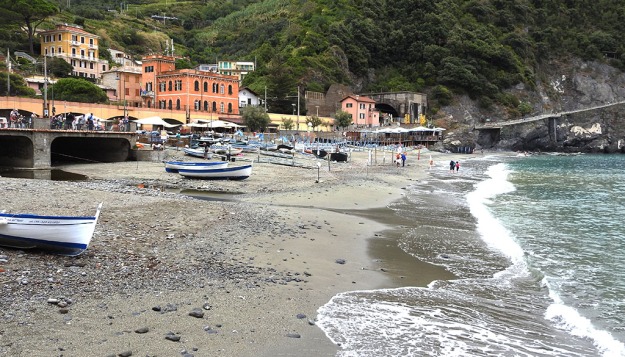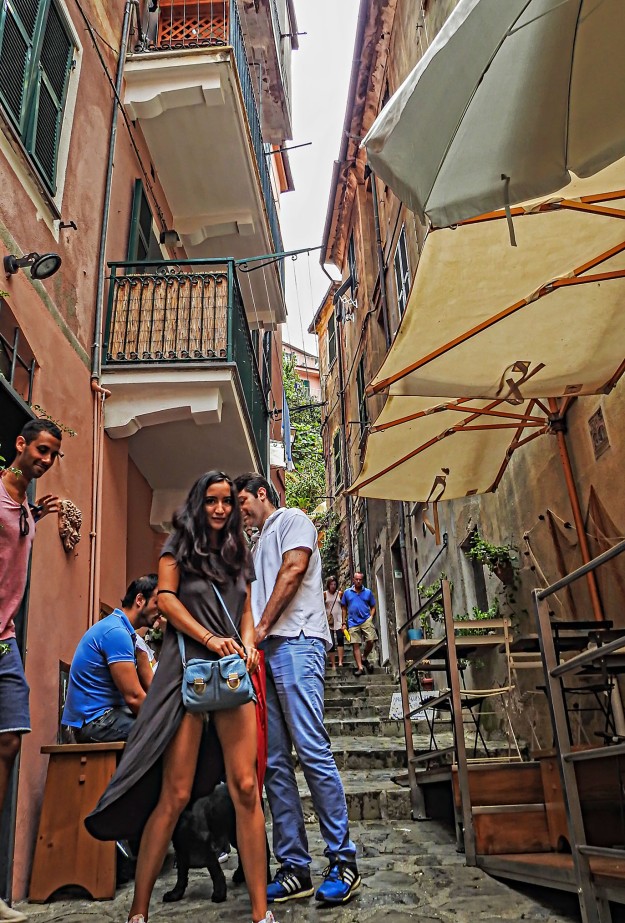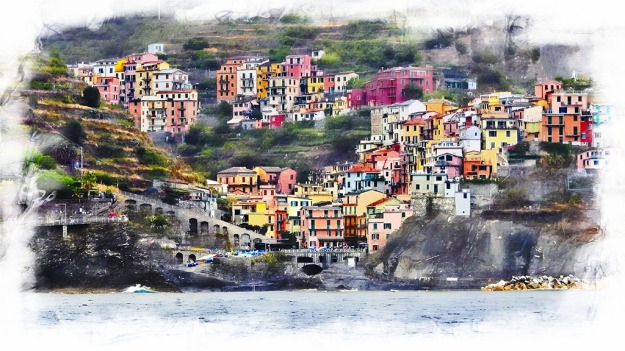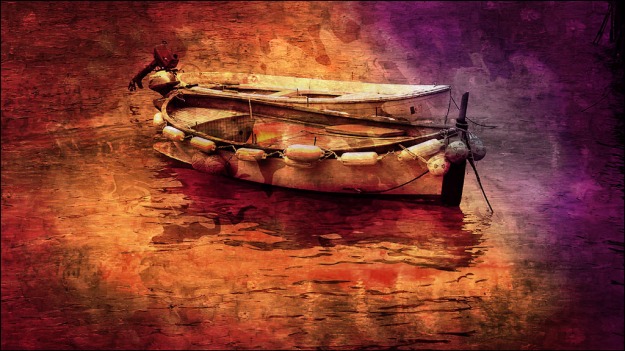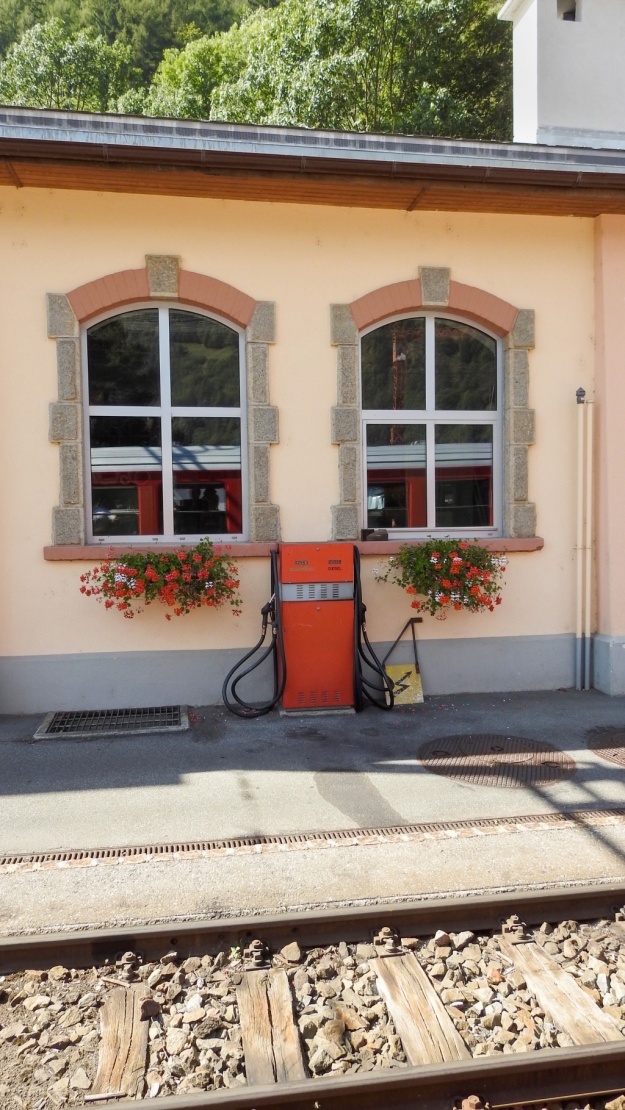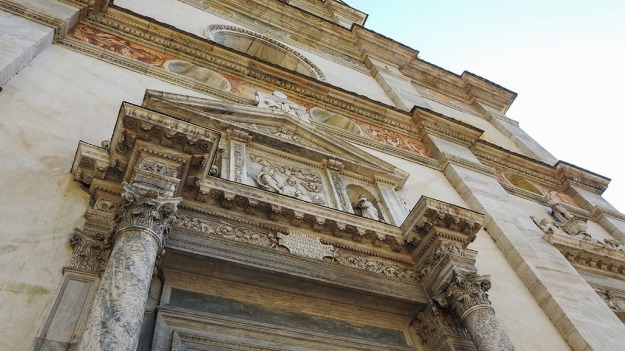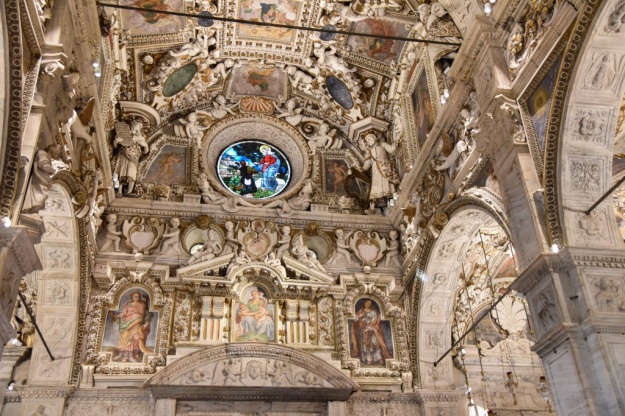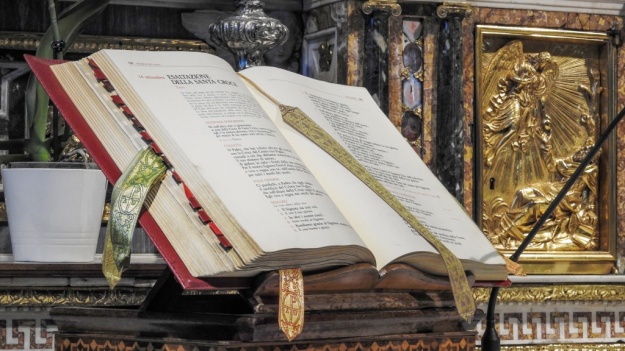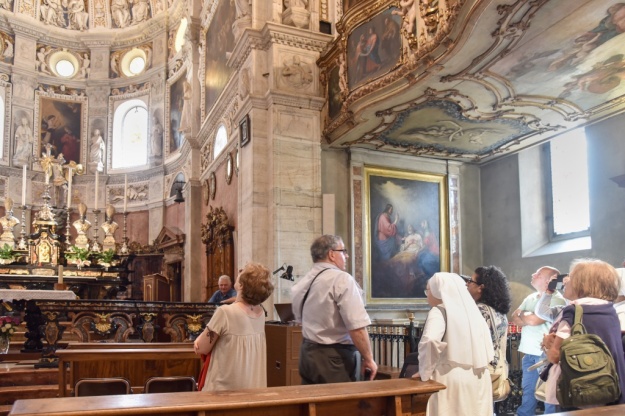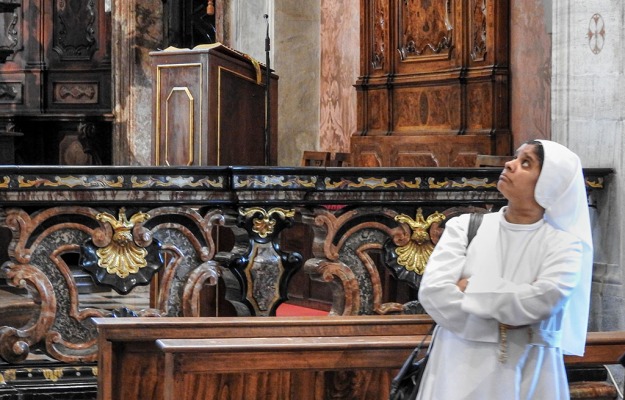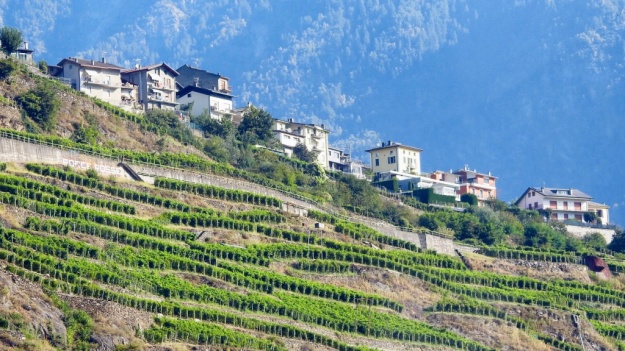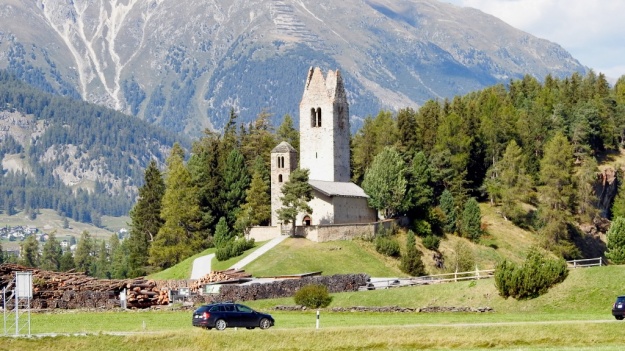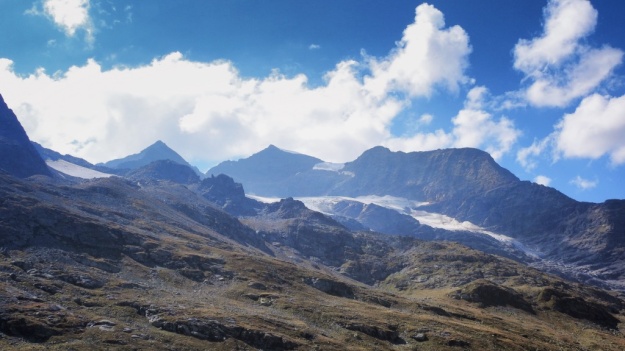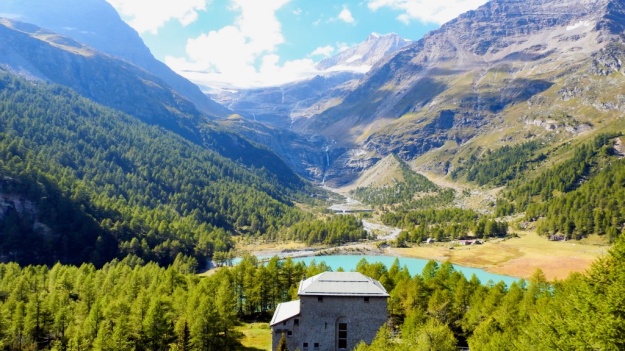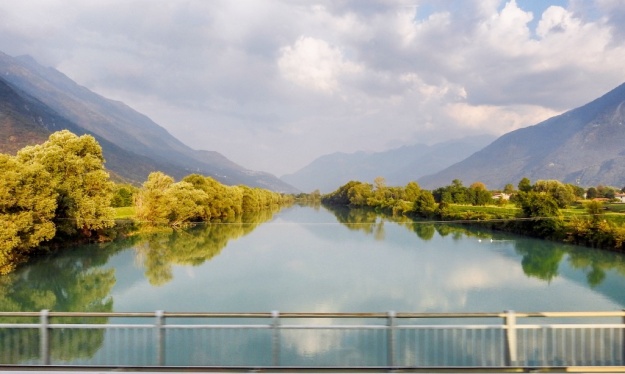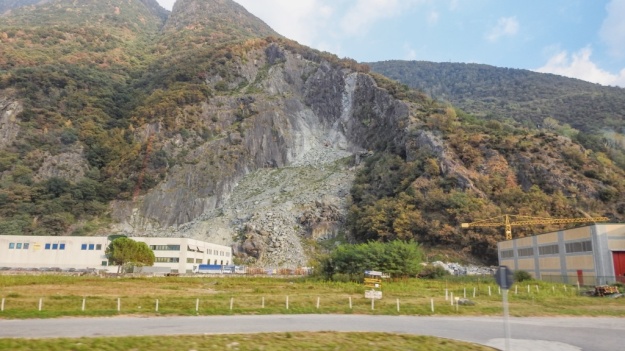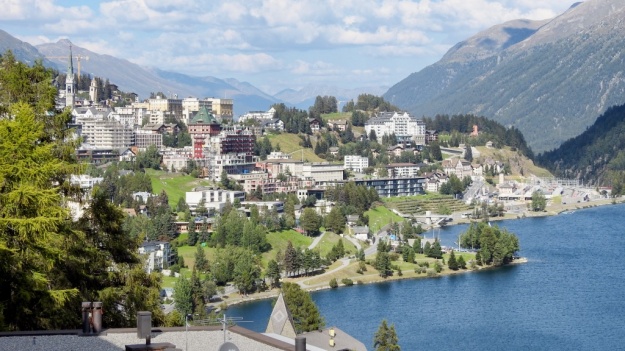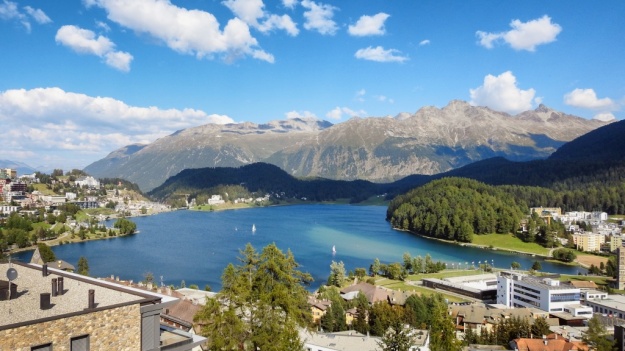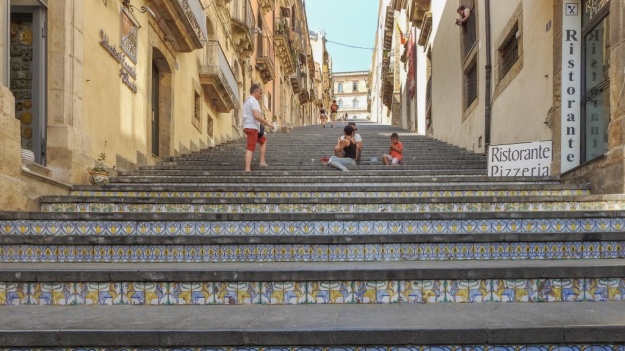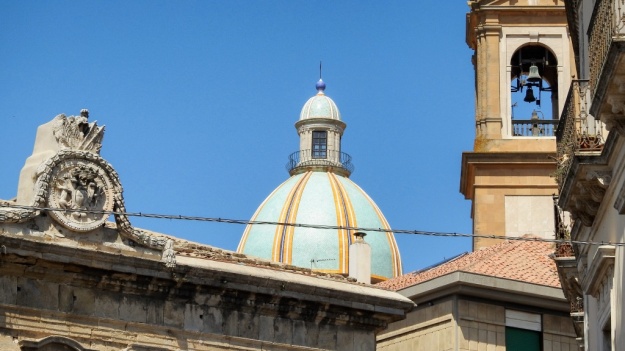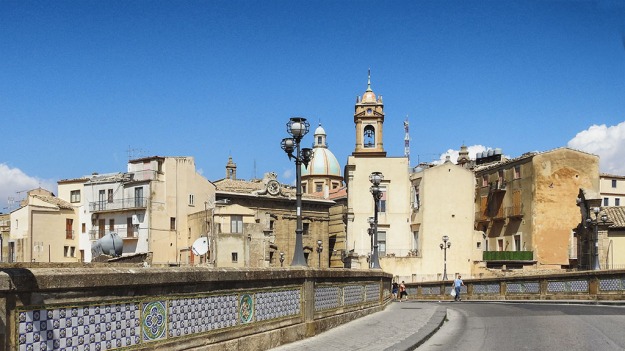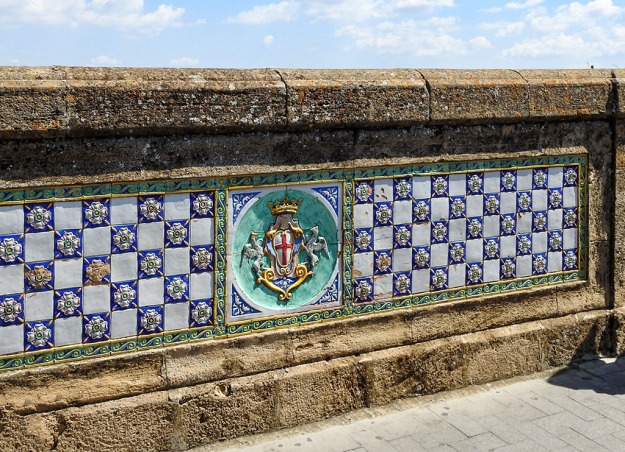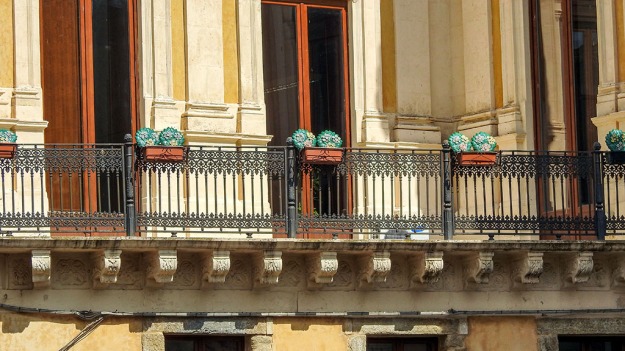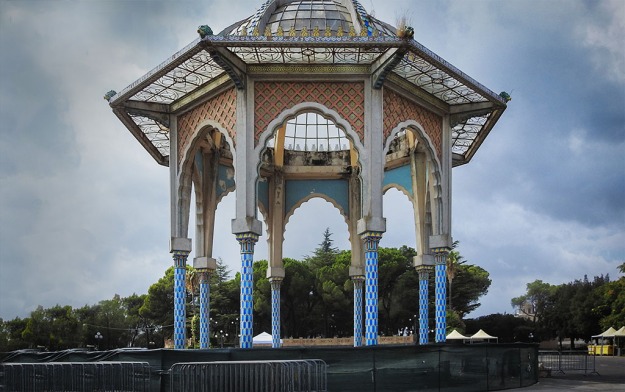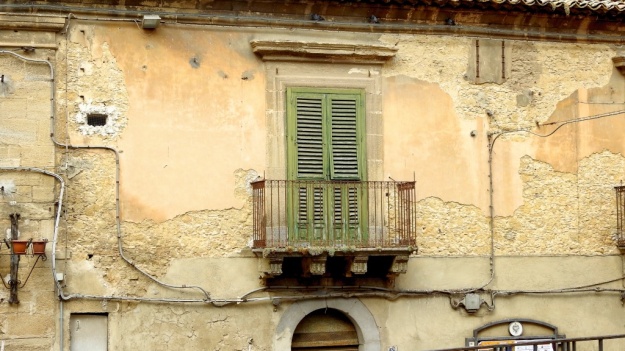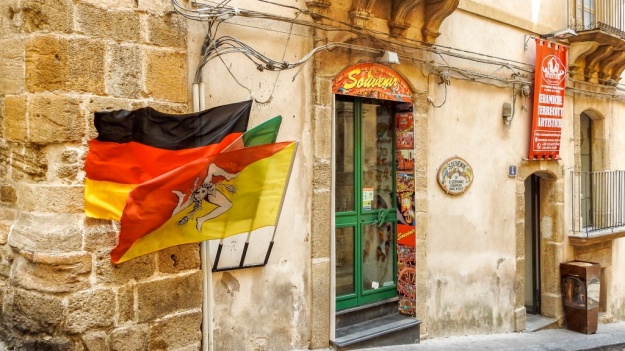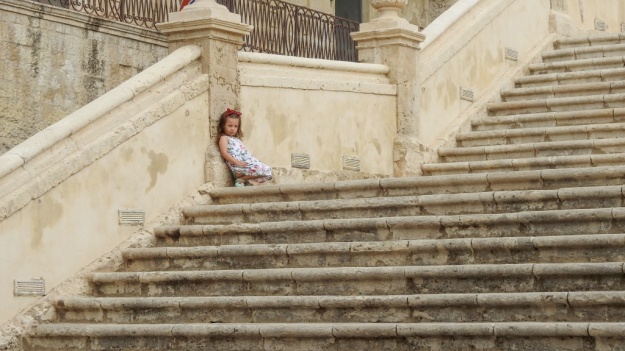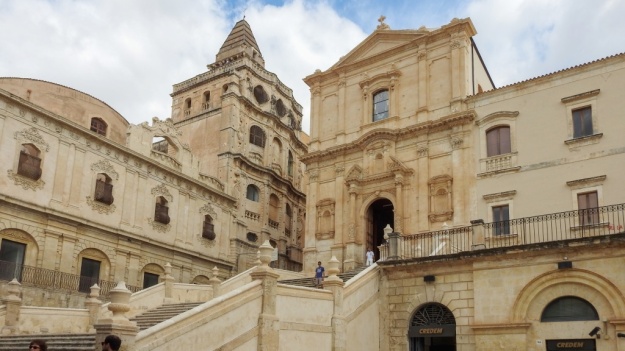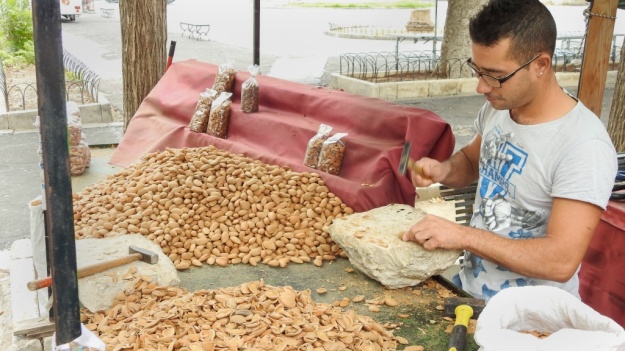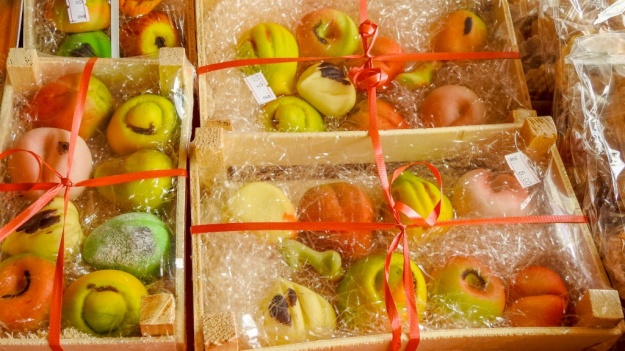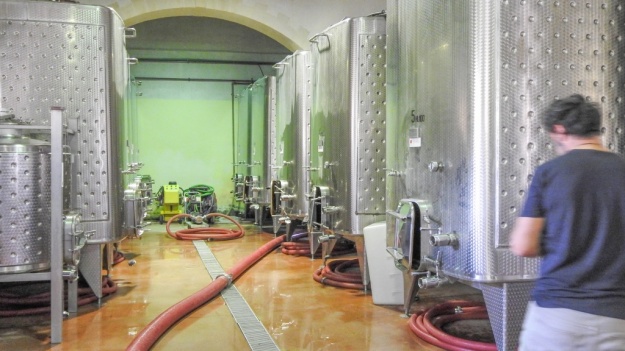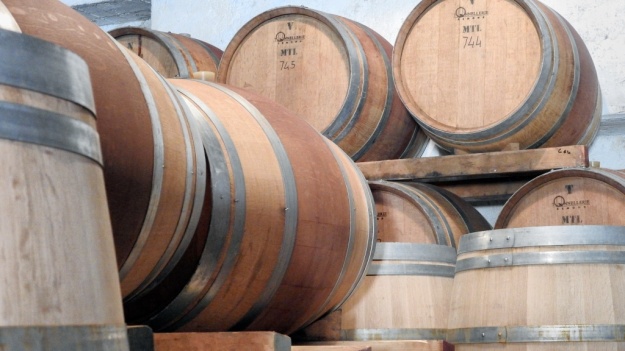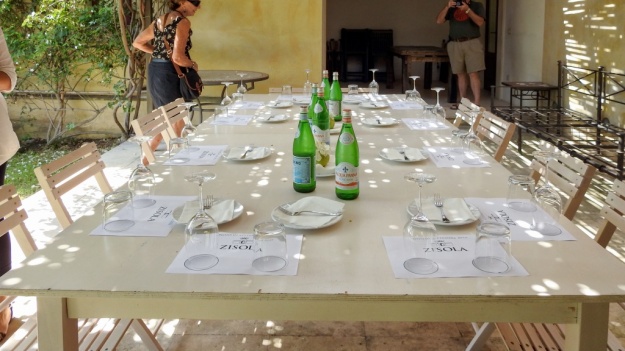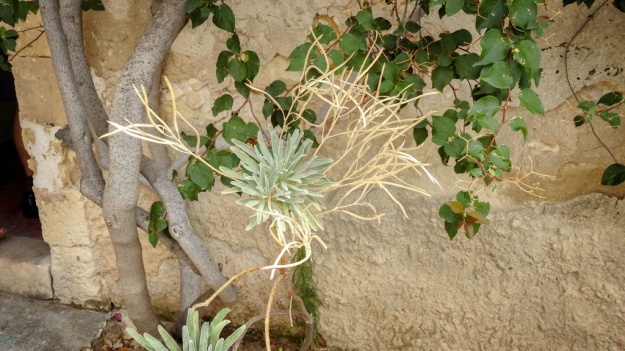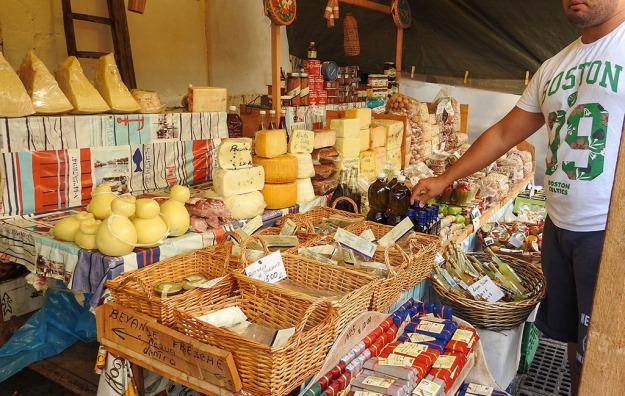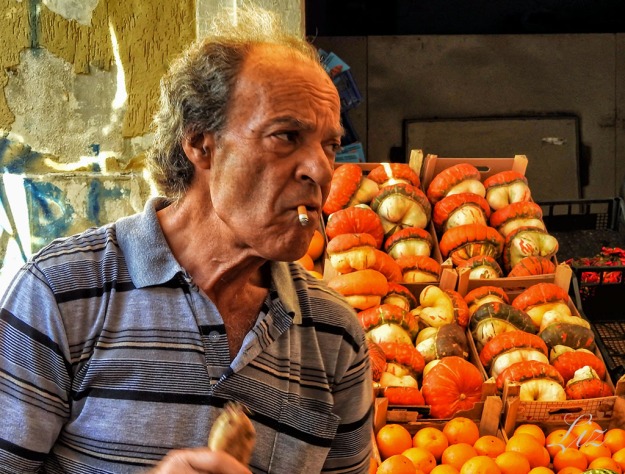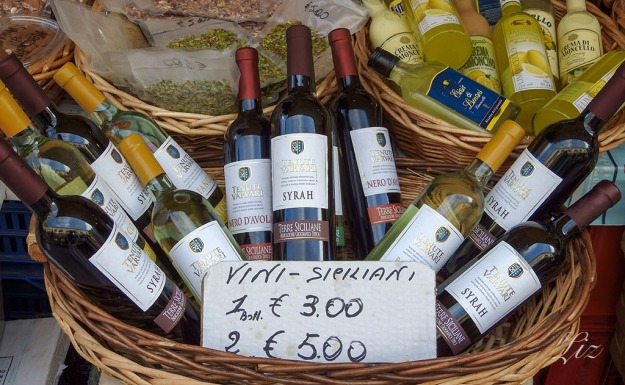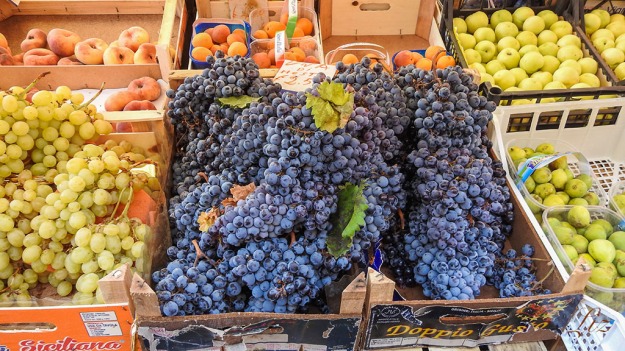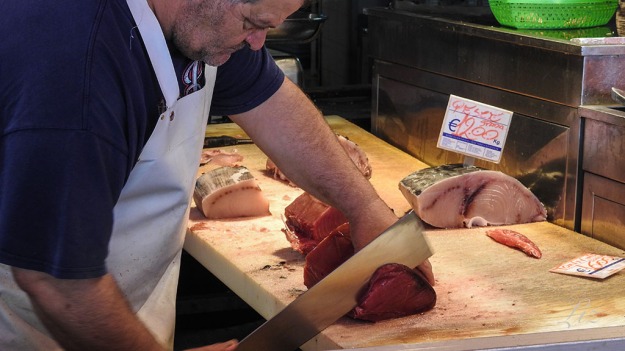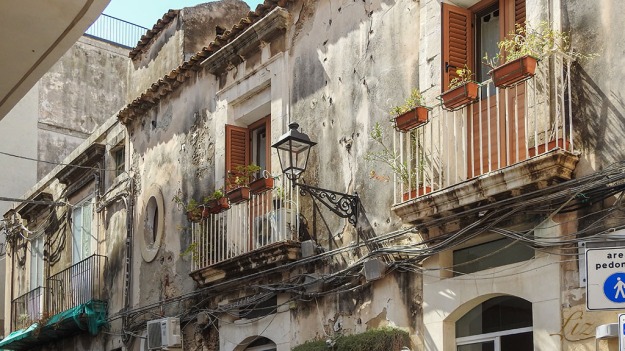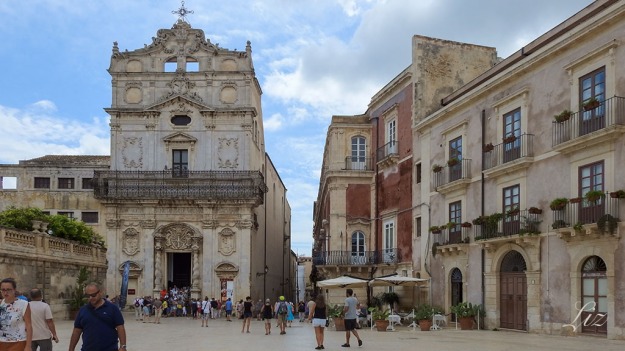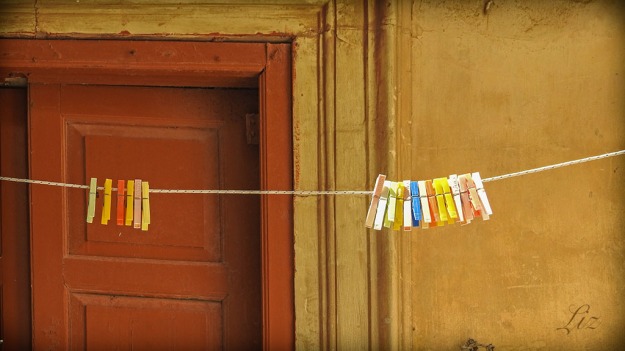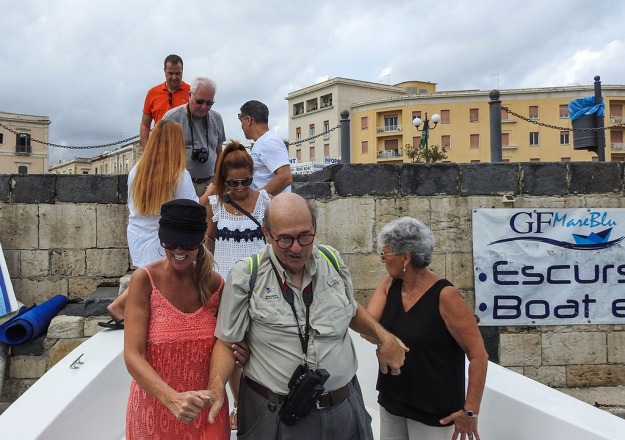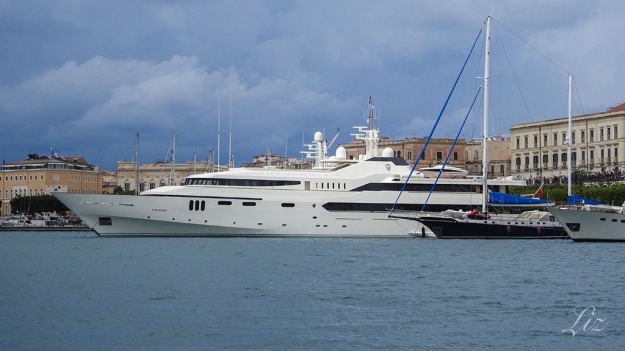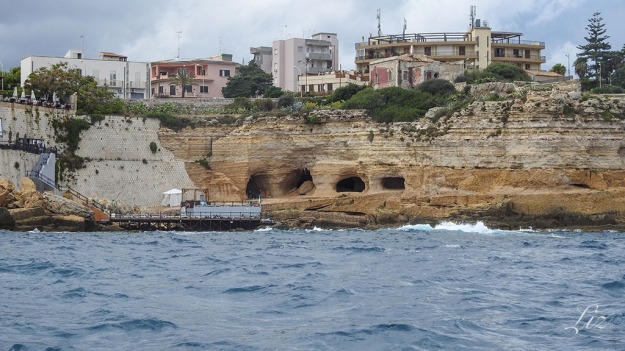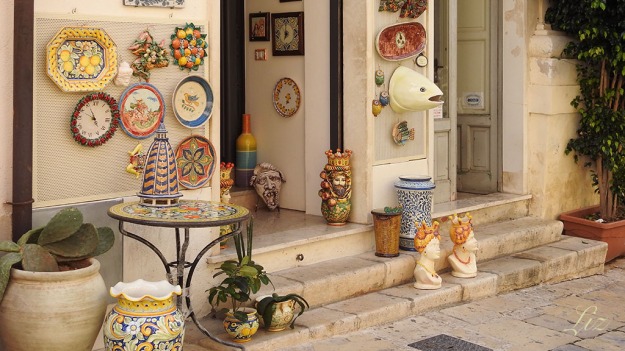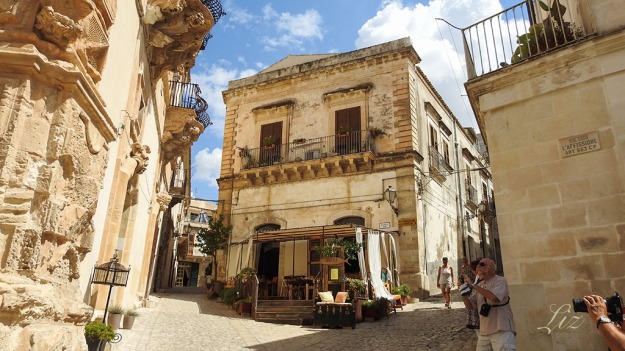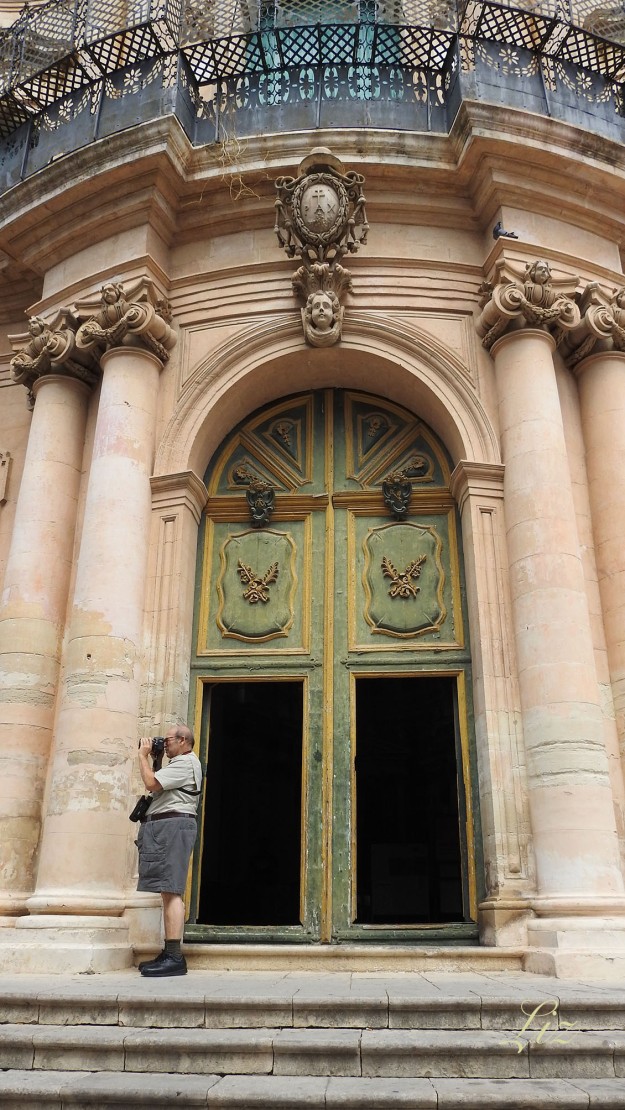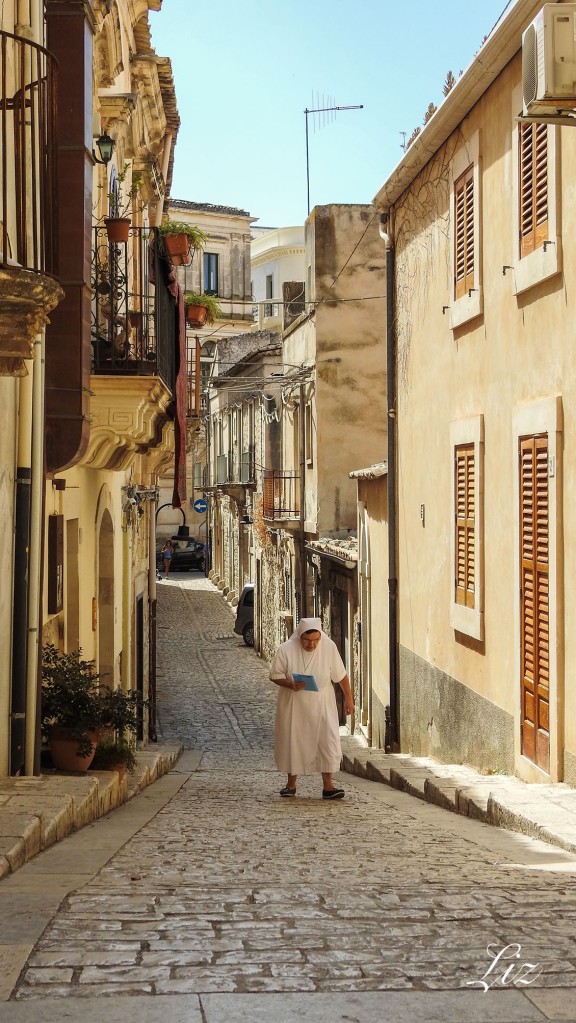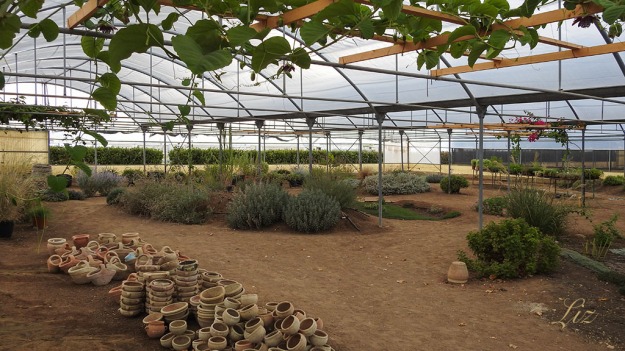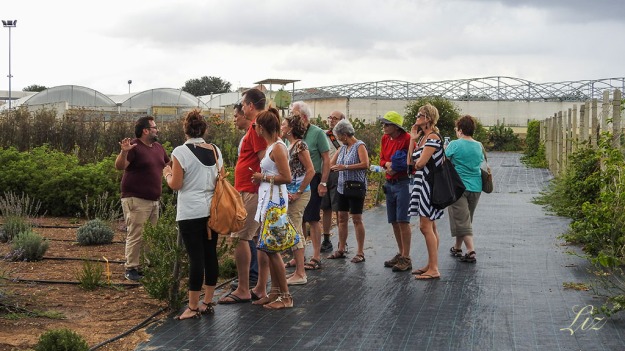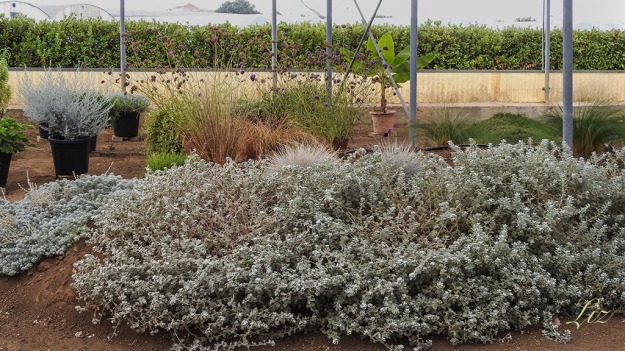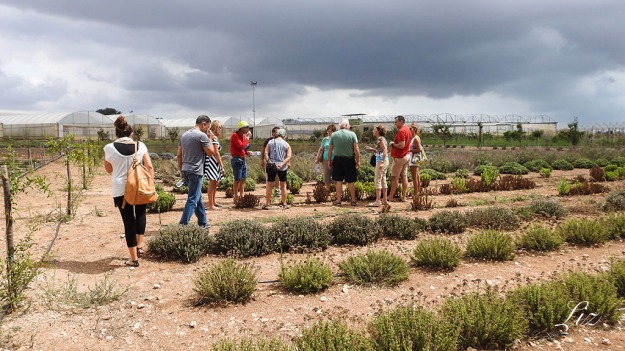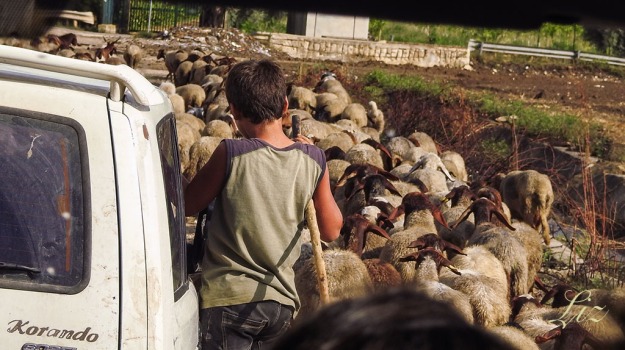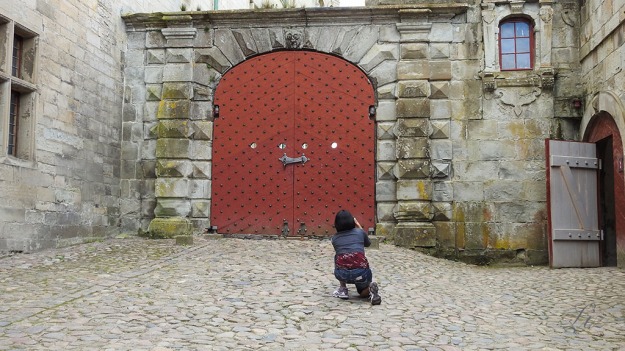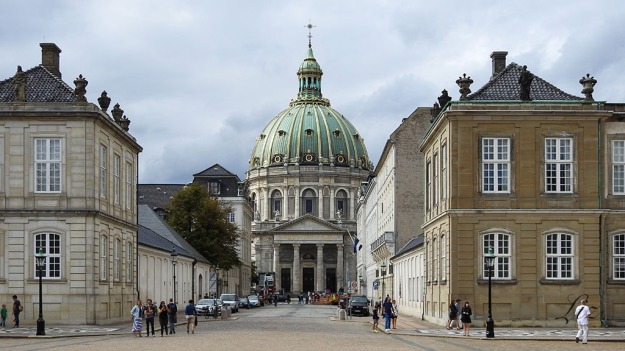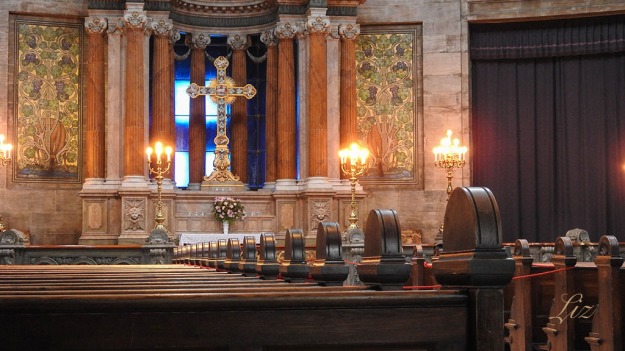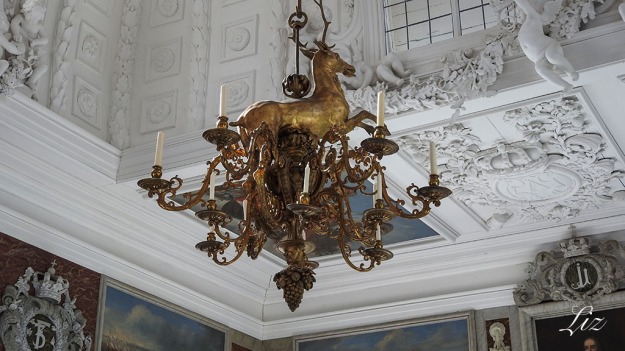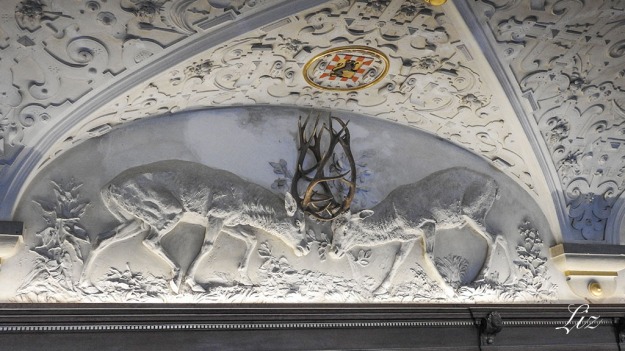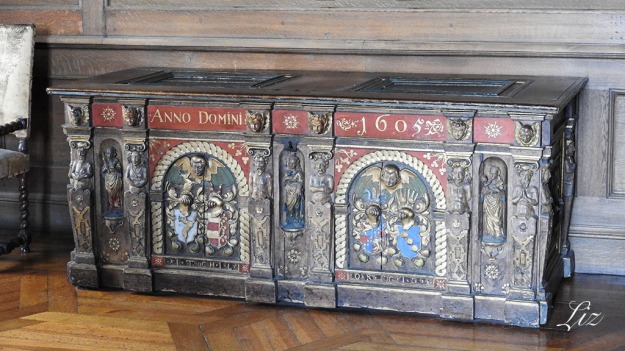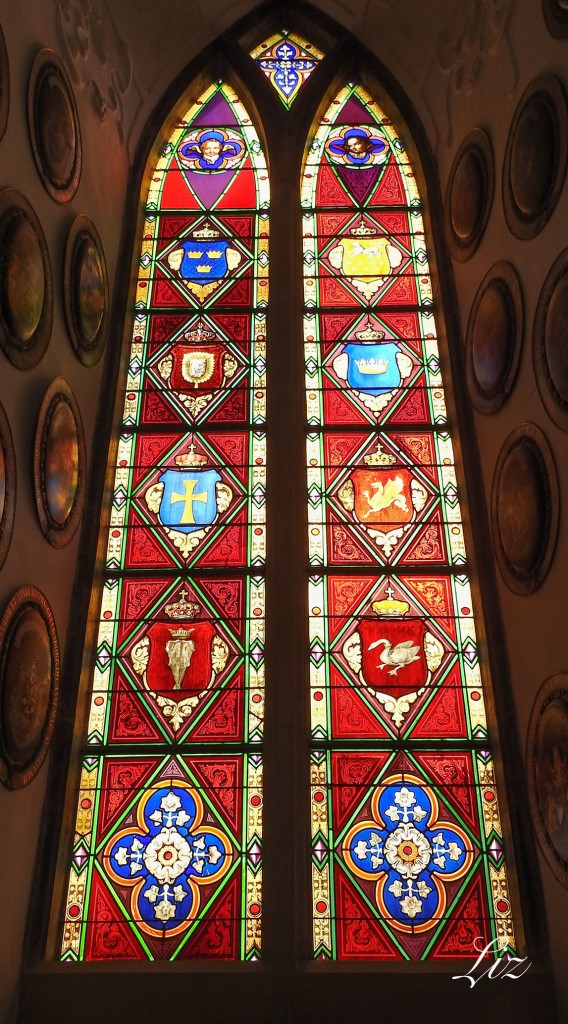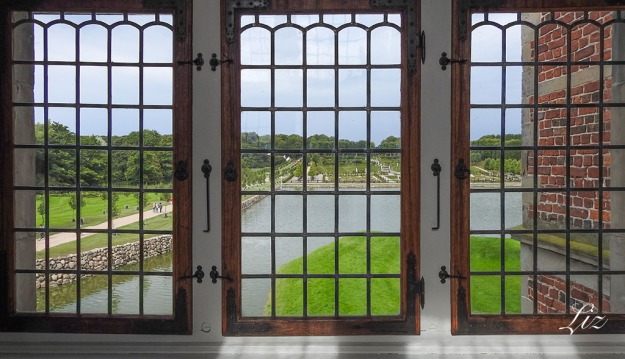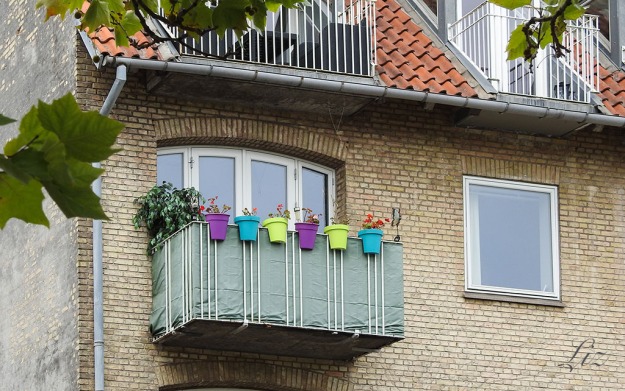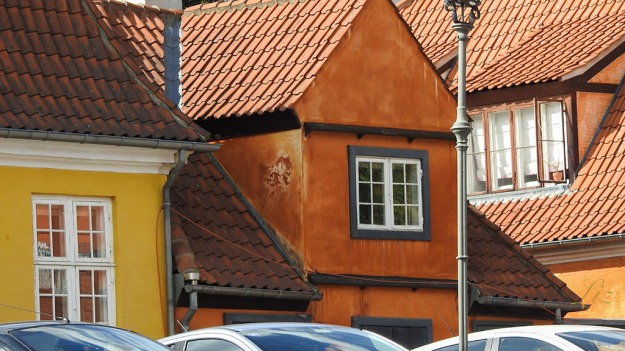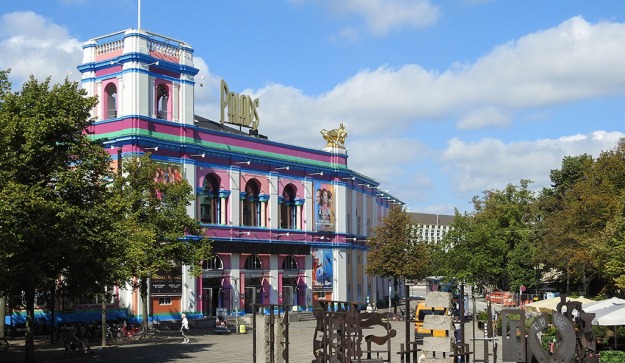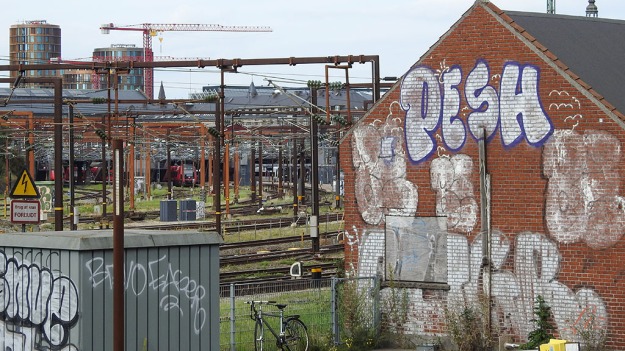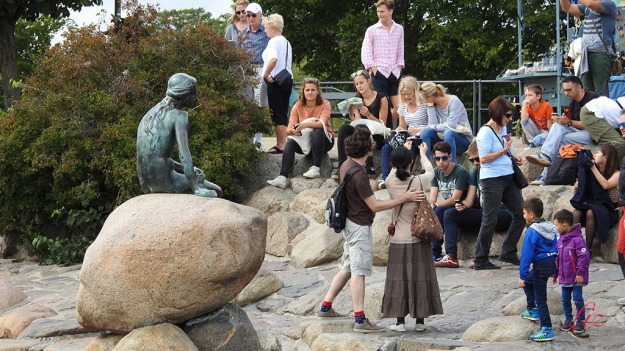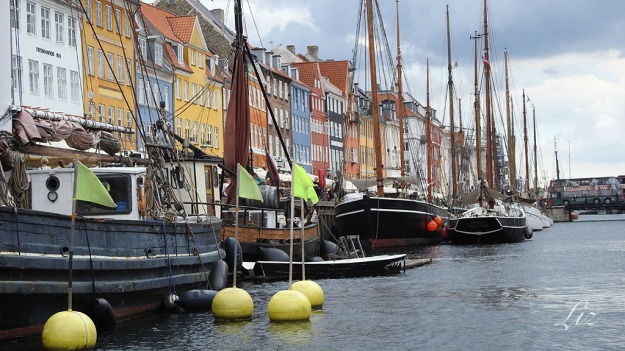The Duomo is the fifth largest Christian church in the world (and this is all according to the Internet, so you know it must be true). Outdone by St. Peter’s Basilica in Rome, the Basilica of Our Lady of Aparecida in Brazil, Cathedral of St. John the Divine in New York and Seville’s Cathedral, Milan Cathedral is still one big church! At 109,641 square feet, an entire city block, its size is even more impressive considering it’s the oldest church on that list.
Milan streets radiate from il Duomo, so you come upon it from narrow streets onto the piazza, and boom, there it is, in all it’s magnificent splendor. I must say it took my breath away and brought tears to my eyes. When you see something iconic, in the flesh, as it were, it can render an unanticipated emotional reaction. Il Duomo is like that.
According to Google, after its consecration in 1418, Il Duomo, or Milan Cathedral, remained incomplete for centuries. Politics, lack of money, indifference in a seemingly never-ending project (imagine a mammoth structure in the middle of your city left unfinished for your entire lifetime and father’s… and grandfather’s) and other setbacks kept the cathedral on standby for what seemed like forever. Actually, it was Napoleon who finished the façade and jump-started the final stages of construction in the early 19th century. This could be considered the longest-worked cathedral in the world. Restorations and cleaning are continually taking place to keep maintain its gleaming stone. And it has the most statues. They say there are more statues on this gothic-style cathedral than any other building in the world. There are 3,400 statues, 135 gargoyles and 700 figures that decorate Milan Duomo.
We went to the rooftop (where else can you go to the rooftop of a world-class cathedral and admire not only the sweeping views of the city but the classic architecture of the cathedral? It was a first for us. From the first terrace, which we accessed via lift, we took in views across Milan and glimpses of the Alps to the north, where we had been the day before. We also got a good look at the famous Madonnina, the gold-colored statue of Mary that stands on the cathedral’s highest spire. To get to the actual roof, you hoof it on narrow, centuries-worn marble stairs in various places along the roof path. I didnt count them, but it was a lot, and a little tortuous for these old bodies; but we weren’t about to miss the chance to be on the roof of a world-class cathedral.
Once up there, I simply didn’t want to come down. We were mingling with the statues and the unbelievable architecture. Only the relentless sun drove us down after about an hour climbing around the top of the historic cathedral.
Awesome has been reduced to triteness in our lexicon, so I use it sparingly. But let me lavish a word on Il Duomo: awesome.

Il Duomo
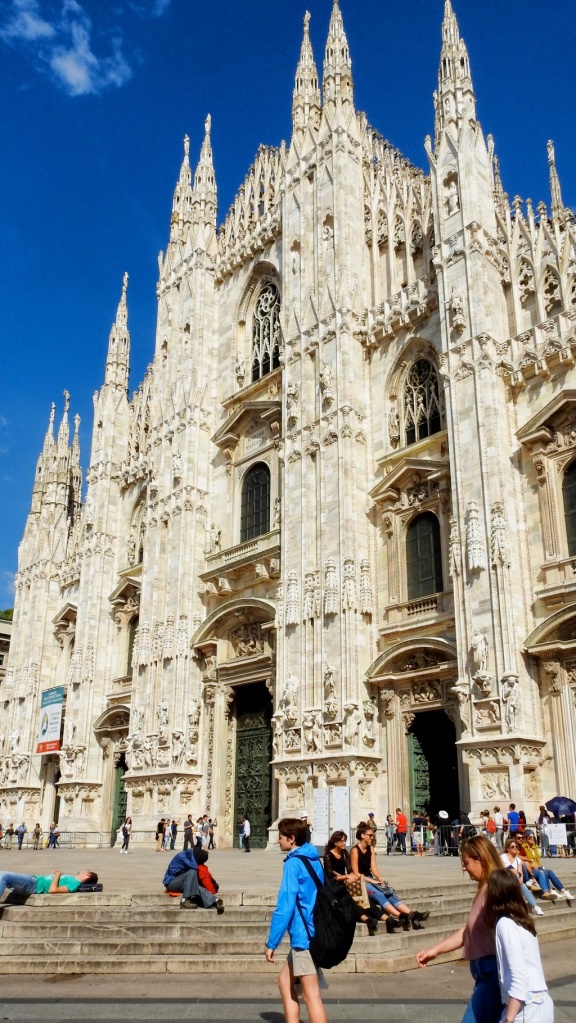
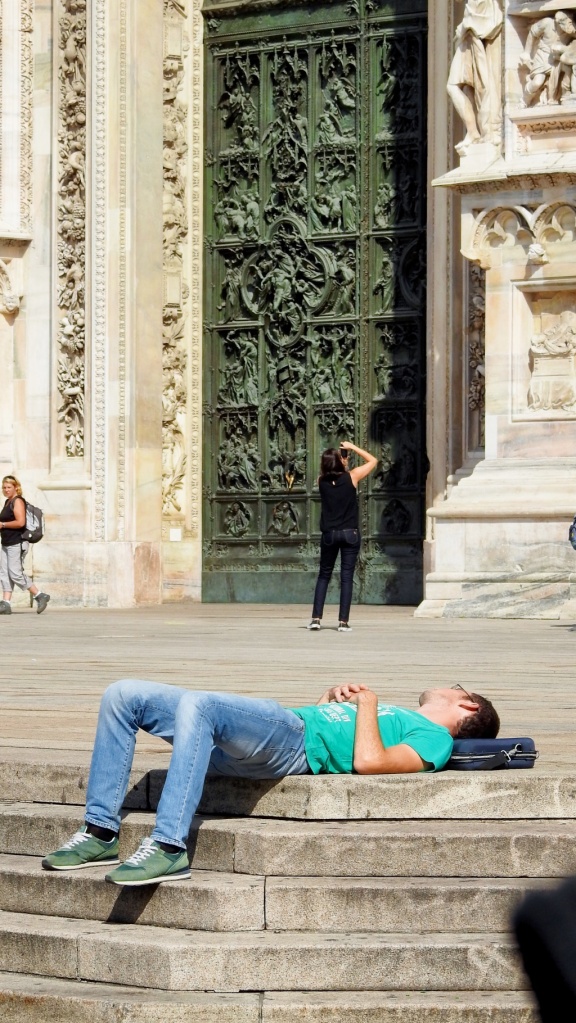
The young lady seems impressed by the massive bronze doors to the cathedral, the lazing young man, not so much.

The entire building is made of pink-hued white marble and covered in realistic stuary.

Rain doesn’t stop the steady stream of visitors to il Duomo. The lines to buy tickets and enter are long even on dreary days.

The Italian Army was a force at every entry point to this world treasure.

There are 52 pillars inside the cathedral, one for every week of the year. And they are massive.
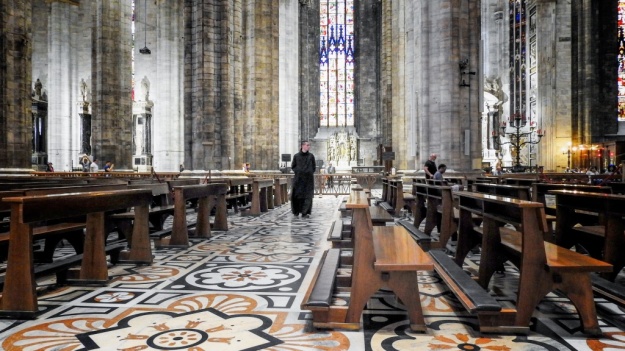
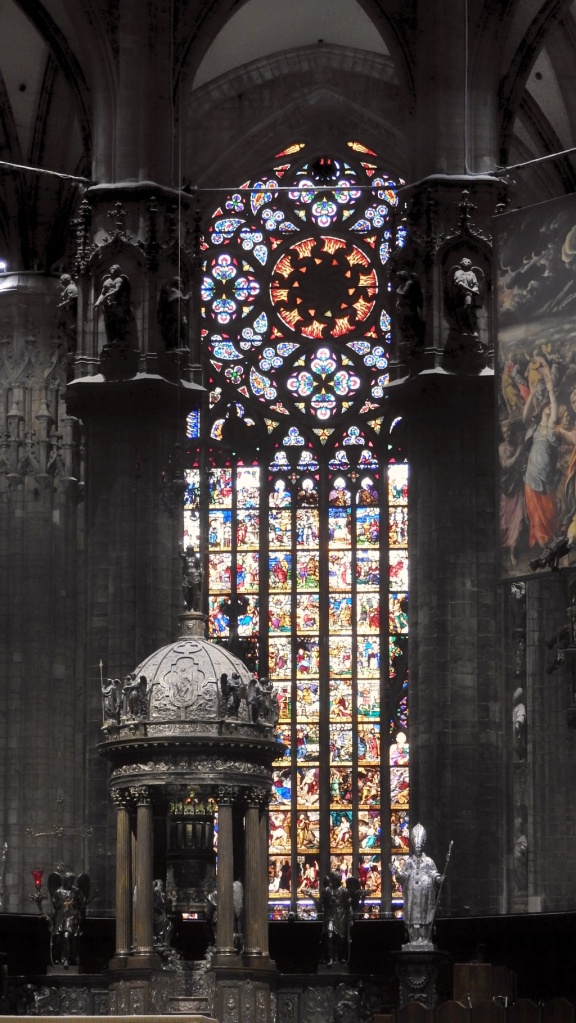
One of three windows that comprise the backdrop of the main altar. In scale with the building, they too are massive. The papal statue on the right is life size.
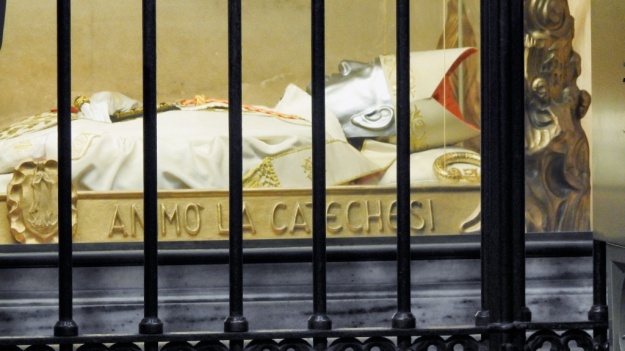
Side altars display tombs of popes.


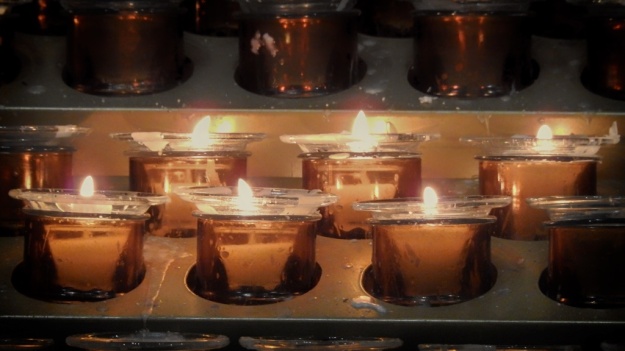
UP ON THE ROOFTOP: For a fee, a lift takes you to the first of two terraces to explore the architecture of this Gothic cathedral. From the first terrace, you gain access to the rooftop via narrow sets of stairs along the one side of the perimeter of the building. You are enveloped in Italian marble.

View of the first terrace taken from the rooftop.
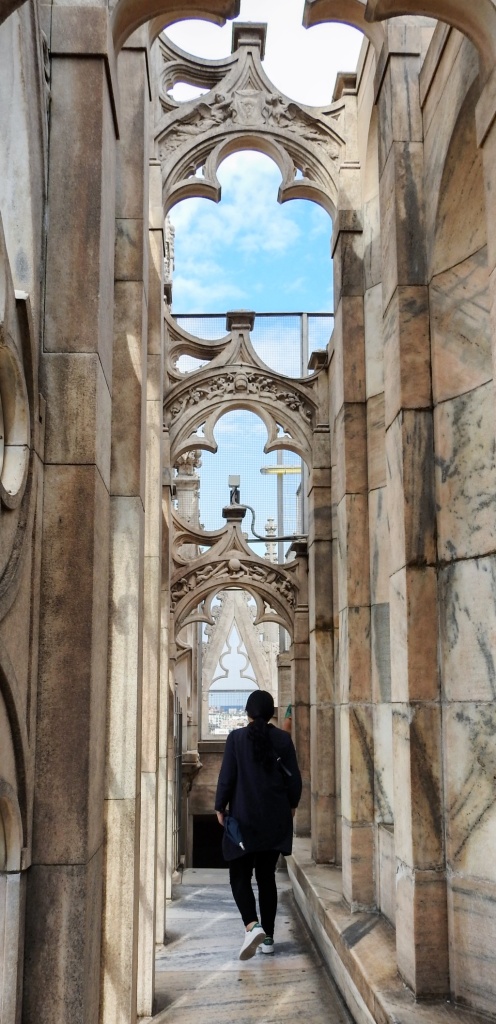
The narrow passageway to gain access to the rooftop.

Tom shoots on the first terrace before making the ascent to the top.
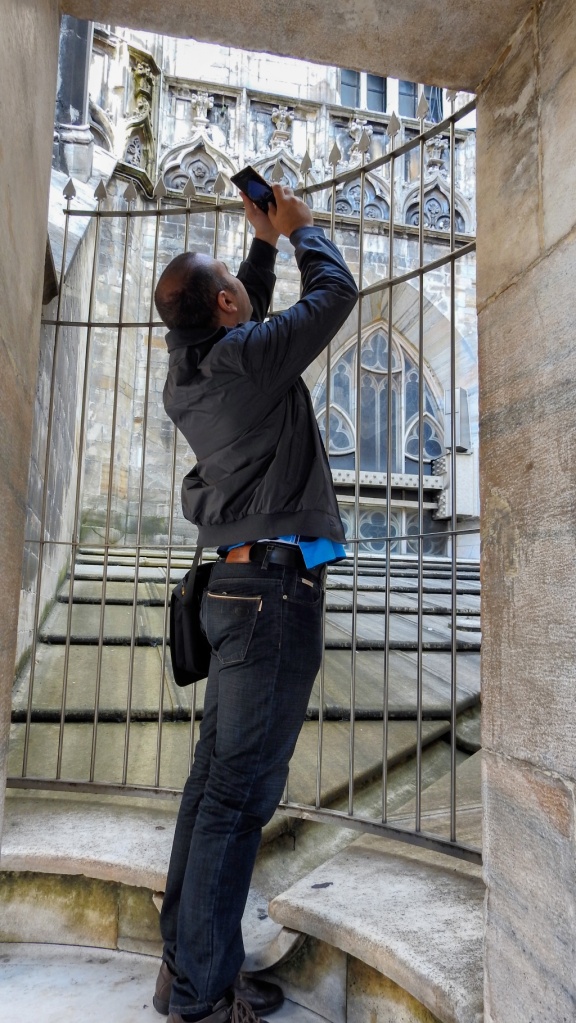

Up on the rooftop.
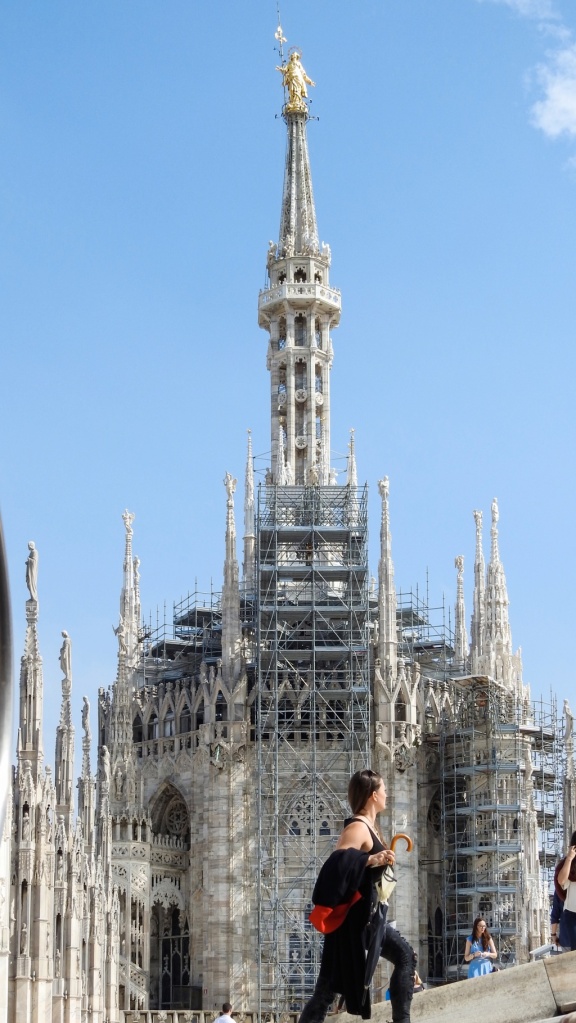
Visitor walks on the roof

Liz shoots on the rooftop
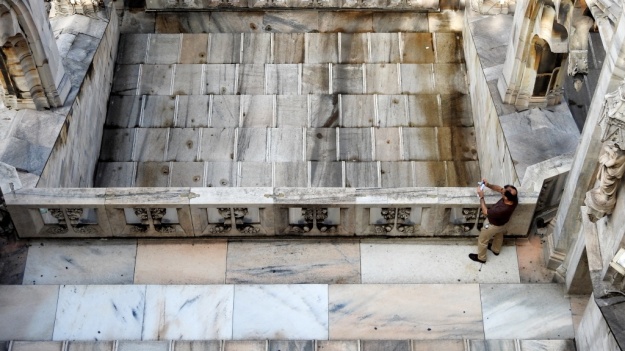
Looking down onto the first terrace

From the rooftop onto the buildings below across the street from il Duomo

The Madonnina, a statue of the Virgin Mary, to whom the cathedral is dedicated. The Madonnina spire is the one of the main features of the cathedral, erected in 1762 at the height of 356 feet. By tradition, no building in Milan is higher than the Madonnina.

There are 3,400 statues, 135 gargoyles and 700 figures that decorate il Duomo. The statues on the rooftop guard over the city and look beyond to the Italian Alps to the north.
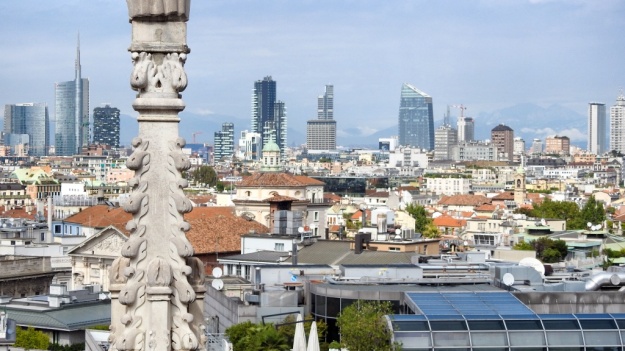

Chillin’ in the sunshine on the rooftop
THE PIAZZA DEL DUOMO

The Piazza del Duomo from the cathedral rooftop
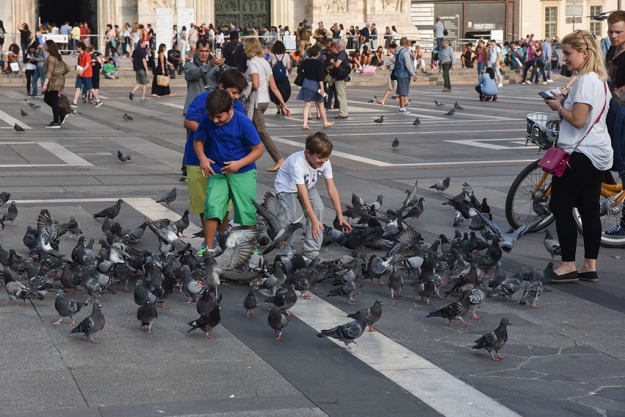
The Piazza del Duomo is a lively city square in Milan.

Taking a break in the piazza, but not from their mobile devices

‘Lunga vit’a the happy couple!
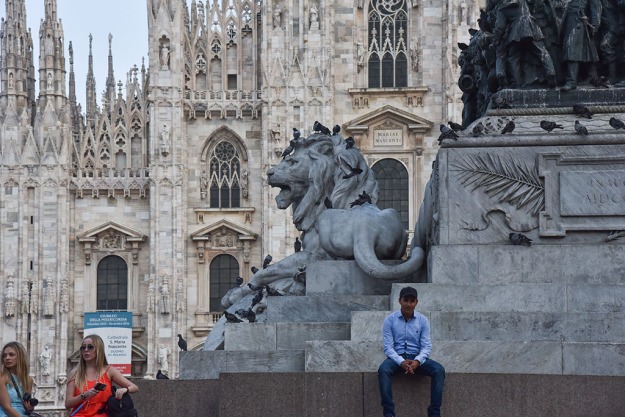

Why not, indeed!
Thanks for coming along on our 2016 Italian adventure! Ciao ciao!
